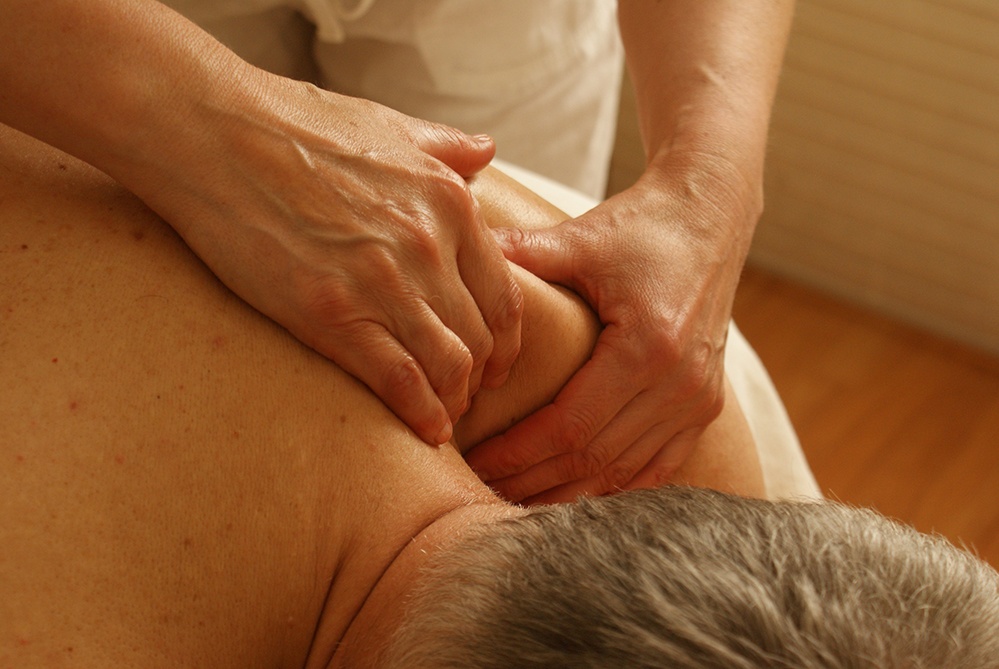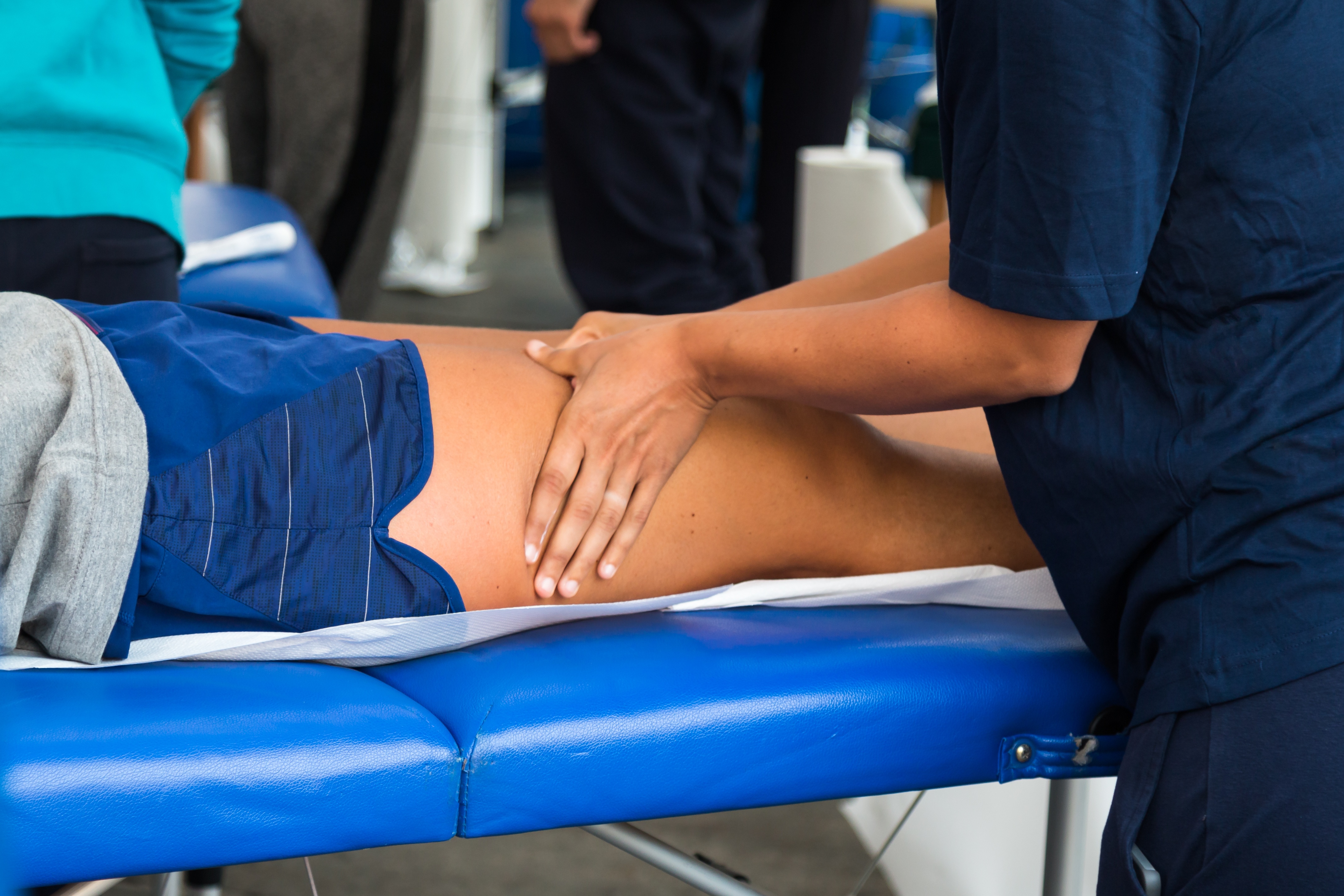Too Busy to Workout? Whole Body Vibration Has That Solved
Most people already know that they should be working out. But for many, the task is simply overwhelming. Their lives are already too busy.
Research on cardiovascular exercise has shown that short bursts exercise routines effectively improves our heart health. When exercising on the Whole Body Vibration unit in the advanced settings, many users experience an increased heart rate and they start perspiring quickly. 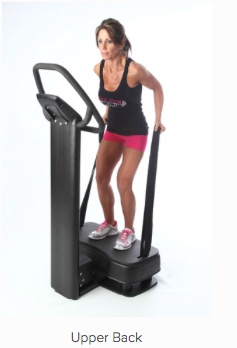
How and Why It Works
Vibration training is low impact and gentle, yet unbelievably effective. Anyone, regardless of their age or fitness levels, can now benefit from exercising without straining their joints or other tissues.
By standing on the unit you will notice how your body automatically adjusts to the vibrations. This mechanical stimulus produces a stretch reflex which (vibratory reflex), depending on the selected frequency, results in muscles gently contracting 20 to 60 times per second. Utilizing the body's innate reflexive response to disruptions in stability, WBV stimulates and enhances muscle strength and performance. Different parts of the body are put in line with the vibrations.
The user then assumes various exercise positions and varying intensities, ranging from squats, lunges and push-ups to abdominal crunches, triceps dips or biceps curls. Poses are typically held for just 30 seconds to 1 minute at a time. During that time frame, multiple muscle groups are activated
simultaneously to stretch, tone, and strengthen the target tissues.
Why Use It?
The benefits of vibration training with WBV are considerable, and therefore its use is accepted by major medical, rehabilitation, and therapeutic centers across the country. It can enhance an individual's general well being and quality of life regardless of age, medical, neurological, or physical condition.
Inertia and Direction of Vibration: Most of the research on stimulation of tissues was done about 20 years ago. At that time many research project focused on the bone-growth for Osteoporosis. Much of this research was done by utilizing very low amplitude/high frequency vibration on oscillating type of vibration. Even at settings of 1-2 mm amplitude of platform movement, the beneficial results on bone stimulation due to the inertia generated were noted. Of great importance is also the direction of the vibration. Putting tissues directly into the direction of the vibration seems to make the most sense for an exercise purpose, according to Wolff’s Law. Our recommended exercise protocols make use of this important physiologic fact. As you notice, all exercises we propose are aligned with the direction of vibration generated by WBV units.
Postural vs. Phasic Muscles
Vladamir Janda discovered that muscles can be categorized as either postural, phasic, or a mixture of the two. Postural muscles act predominantly to sustain your posture in the gravity field. These muscles contain mostly slow-twitch muscle fibers and have a greater capacity for sustained work. They are prone to hyperactivity. Phasic muscles contain mostly fast-twitch muscle fibers, and are therefore more suited to movement. They are prone to inhibition. They are also more easily fatigable. Postural muscles tend to shorten in response to over-use, under-use or trauma, whereas phasic muscles tend to lengthen and weaken in response to these types of stimuli. These effects can lead to musculo-skeletal imbalance and joint instability when postural and phasic muscles are located on opposing sides of the agonist-antagonist relationship. These relationships are the key to understanding common patterns of postural imbalance such as the upper-crossed and lower-crossed syndromes.

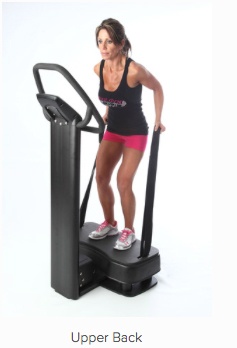

.webp)

